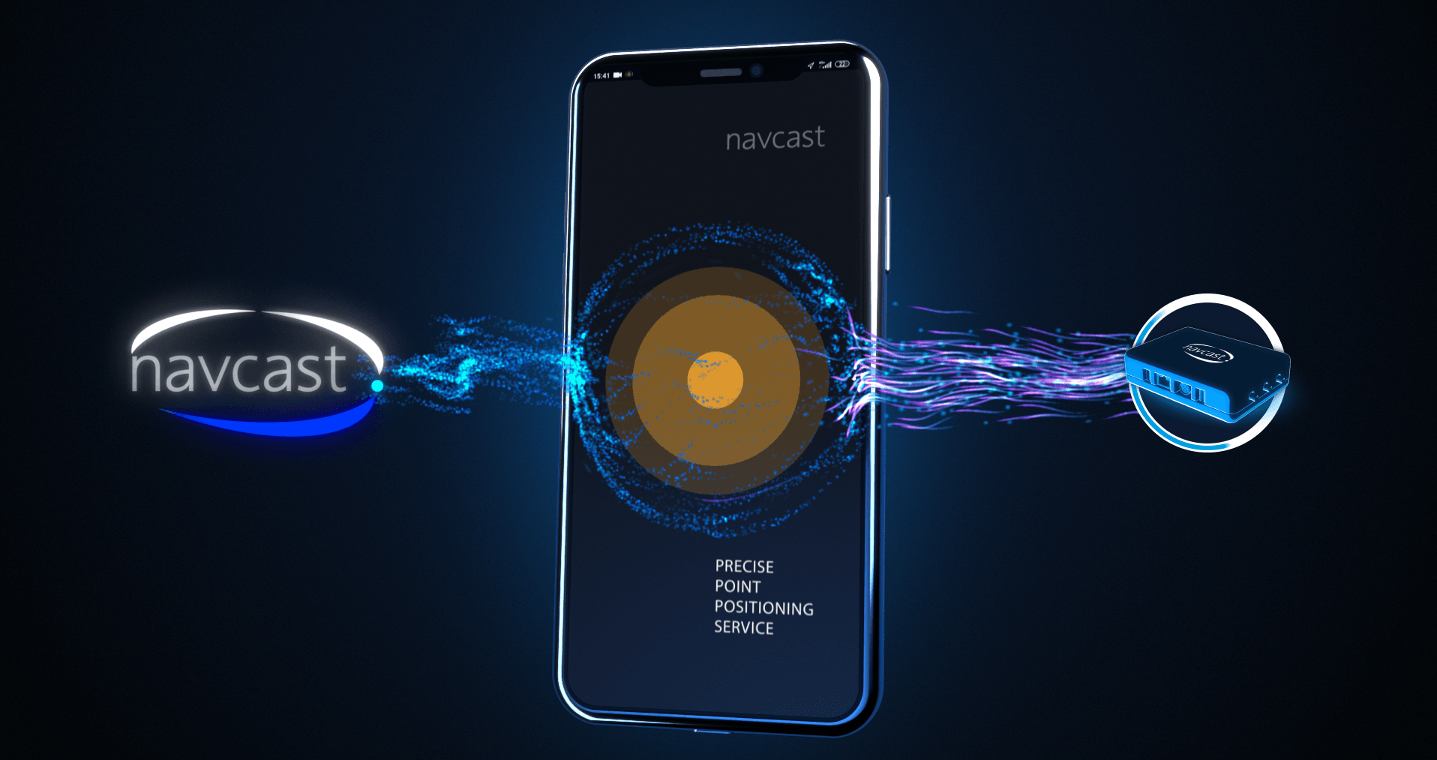29 October 2020

Global Navigation Satellite System (GNSS) systems and technologies are constantly and rapidly evolving.
For this reason Spaceopal, an equal-share joint venture between Telespazio and DLR Gesellschaft für Raumfahrtanwendungen (GFR) mbH and the prime contractor for the operational services of Galileo, the satellite navigation program of the European Union, has developed an engineering framework capable of proactively managing such evolution, declining it as a concrete path of “innovation”.
On the basis of this paradigm, which guides its commitment in the provision of the Galileo Services, Spaceopal, together with its shareholders, has created a true technological laboratory dedicated to GNSS innovation, research and development.
Innovative services, such as NAVCAST paired with IONOLAB, designed and developed to increase the accuracy of the Galileo and GPS GNSS systems (and also of Glonass and Beidou at a later stage), were initiated within this context.
In particular, NAVCAST corrects the GNSS clock, orbit and phase and code bias in real time by making use of PPP (Precise Point Positioning) techniques: this allows achieving accuracy of the order of 20 centimetres and short convergence times.
IONOLAB, on the other hand, provides data relating to the ionospheric activity of the planet and, thanks to these, corrects the delays due to the ionospheric effect, improving the positioning accuracy.
The integrated use of the two services is a fundamental element for the development of navigation, detection, remote guidance, sensor geo-referencing or scientific geodesy applications and in general for all high-precision services. The two services and related applications are available and active worldwide for individual users, specific customers and developers. In particular, they are provided to the international community to allow the development of new commercial applications based on high-precision positioning and navigation services.
Spaceopal has featured its own PPP receiver model, 3PRx, optimized for NAVCAST and designed for the professional world, as well as the smartphone app called NAVCAST – 3PGo. The latter, which can be downloaded free of charge from android app store, transforms the recipient mobile device into a high-precision receiver allowing everyone to benefit from optimized location services.
“Our mission is also to provide customers and partners with a long-term view of all the opportunities in the GNSS sector. As Spaceopal we interpret this commitment with great confidence to create new paths of innovation. Our techlab goes in this direction and allows laying the foundation for future GNSS applications and services to be explored.”
Emiliano Agosta, Technical Director of Spaceopal

